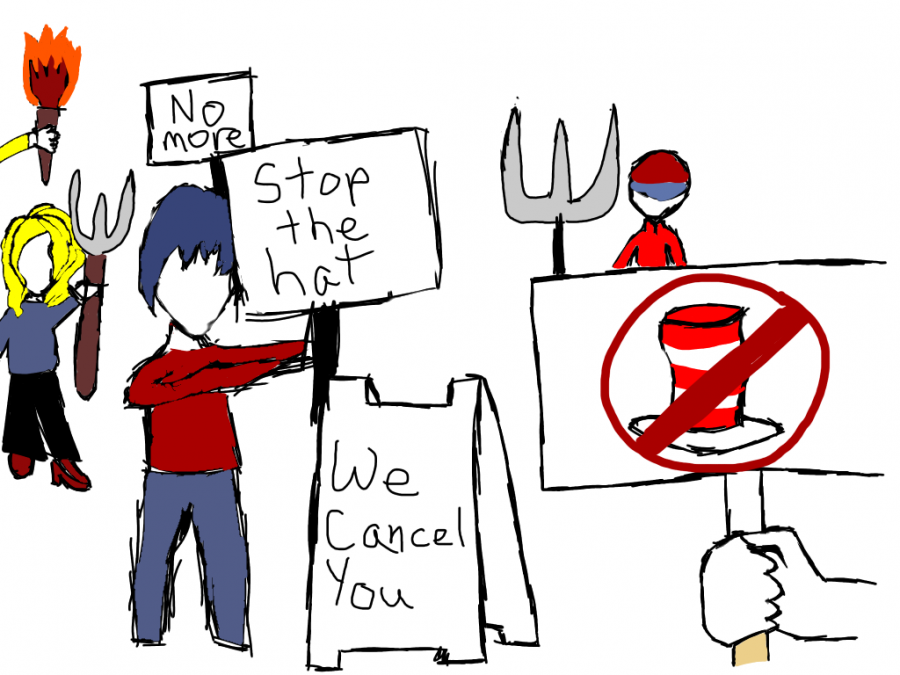Cable television has been entertainment royalty since it began to grow popular in the 1960’s, and in its time on top, cable has seen very little reason to adapt or evolve. When cable was introduced, its biggest competitor was the radio, which is an obvious victory for cable as it could do so much more as it brought something viewable into homes around the world. After that victory, cable got comfortable and didn’t really have much reason to change because they owned the industry. Then came online streaming.
Online streaming was a complete revelation, as it was easier, more versatile, and most importantly to many, it was cheaper. It brought a lot of the same shows and movies and some bonuses exclusive to these services to any screen in the house rather than just the television.
Many had already begun to feel inconvenienced by their cable boxes; they were clunky, expensive, and cable companies had grown to be known for their infuriating customer service, even having jokes be made about it in many television shows. When cable was the only option, they didn’t have to really care, so they just continued without much improvement because they didn’t have any competition, resulting in a monopoly over the industry. Now, with that lack of improvement and the extensive amount of time they spent angering cable’s captive audience, many are pulling the plug and making their way towards online streaming.
The price of a cable plan generally varies from about $40 to $90, depending on the company and extra channels you invest in. Now on the other hand, looking at online streaming, you could get Disney+, Hulu, ESPN+, Netflix, and HBO Max, covering the most popular options, and you’re still sitting three dollars under the cheapest plan. That being said, there are also a significant number of people who prefer YouTube or other forms of media consumption which tend to be free, which does still make them more convenient and cheaper options.
Without needing to buy every streaming service, people can pick and choose what they want to watch and make their lives way easier than in the days of being held by the chains of cable. Netflix found the key to the freedom of our convenience, and ever since it has become clear that cable is beginning to fall behind. According to a survey conducted by eMarketer, the number of houses without cable has been increasing by 4 million households every year, with the number cutting the cable increasing almost as extremely. Cable’s reign is beginning to come to an end and they are truly paying for their refusal to grow.
Cable is likely not going to completely go away for a long time, but its own actions have now made it the technology of the past that must be replaced, and unfortunately for cable companies, online streaming services have come to claim their throne. Now the question is, how will technology advance from there? Will online streaming services make the same mistake as cable or will they learn from those mistakes and continue to adapt and stay relevant? Only time will tell, but the era of cable supremacy is definitely at its end.


